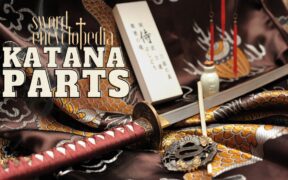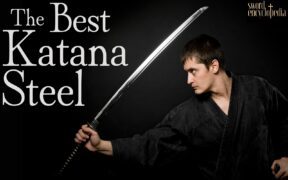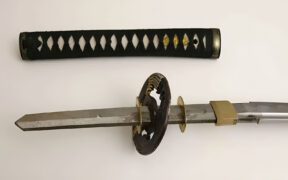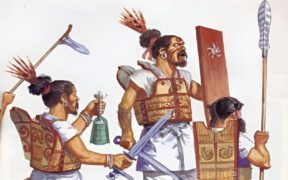How Many Folds are in a Katana: Truth Vs. Myth
NO AI USED This Article has been written and edited by our team with no help of the AI
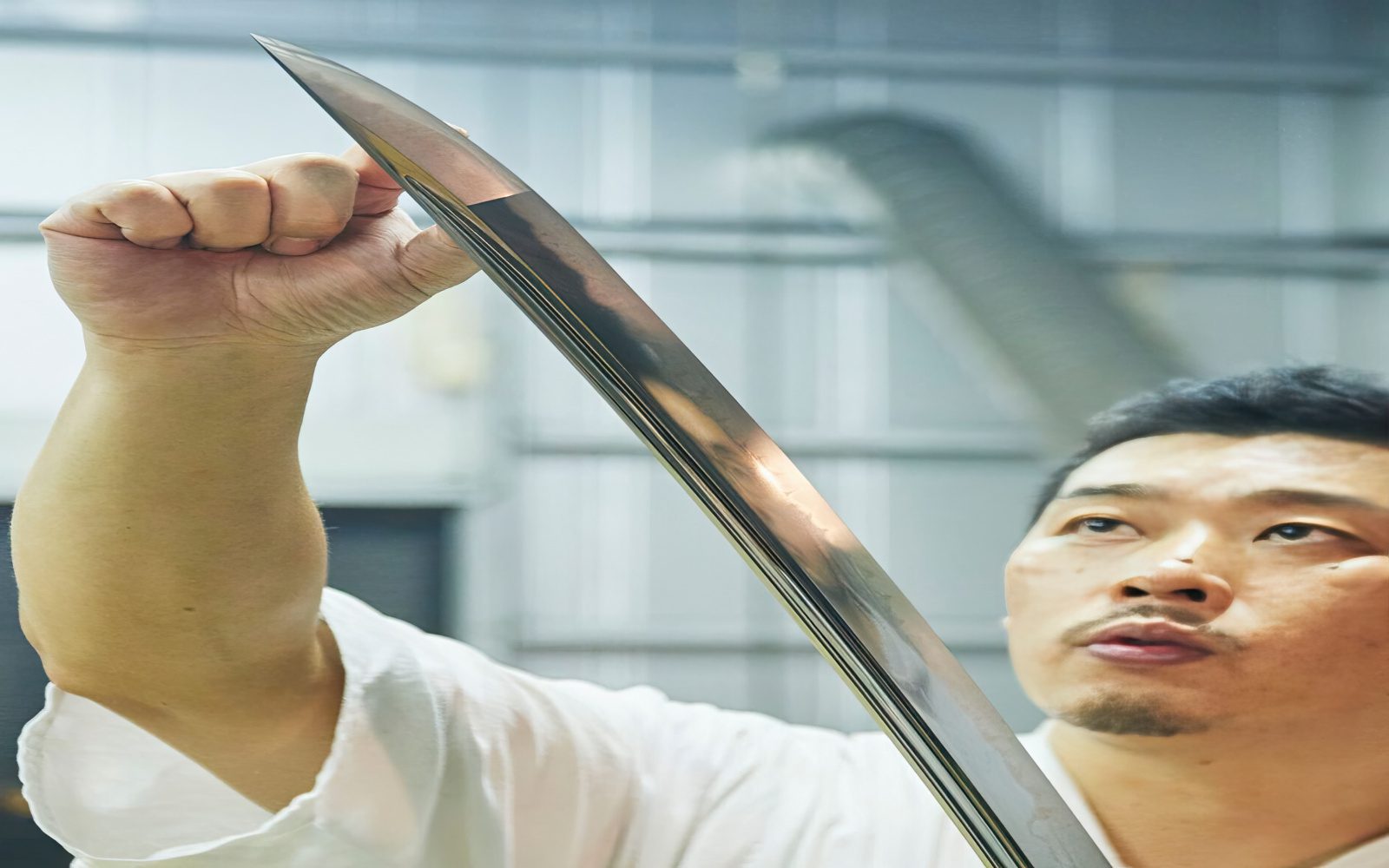
The Katana is one of the most idealized swords in the world due to its folding technique. Believed to have over 1000 folds, this samurai sword is thought to be indestructible. However, this is quite inaccurate. In this article, we bust the myths surrounding the folding technique, explain what blade folding is, delve into the actual number of folds in a katana, and if it makes it stronger.
What is Blade Folding?
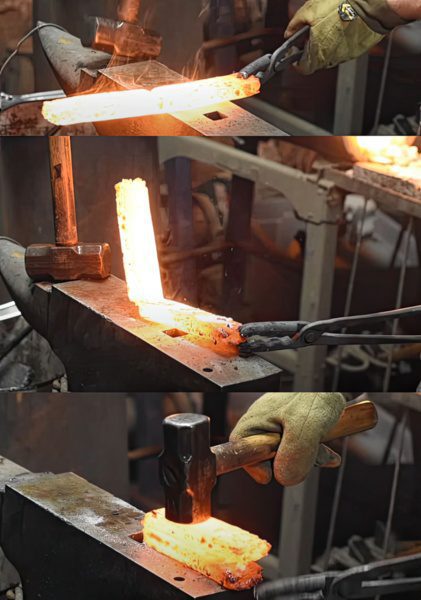
Blade folding is a swordsmithing technique used to fold carbon steel after it has been forged, welded, and then folded again. This continuous folding process is repeated multiple times until one achieves the desired shape and strength of the blade.
While not technically a type of steel, it is a method used to produce traditional Tamahagane or Wootz steel, which, while beautiful, is still not perfect, meaning that it doesn’t come in a solid/bar form as modern steels like carbon steel, tool steel and such.
That is why the steel had to be folded repeatedly until the impurities and air bubbles could be removed. The folding process also adjusts the carbon content of the steel to a level that is workable. Additionally, although blade folding adds extra lamination layers which contributes to the unique design of the blade, it does not really make it stronger.
However, there’s a trade-off. The more you fold the steel, the more carbon you lose, resulting in a softer and less durable blade. Therefore, achieving the right balance during folding is crucial.
How Many Folds Does a Katana Sword Have?
| Number of Foldings | Steel Shock & Strength Value | Remarks and Results |
|---|---|---|
| Unfolded | 2.42 | Regular Katana steel blade that is unfolded |
| Folded Once – folded in half | 4.88 | Dramatically improved the toughness impact value |
| Folded Twice – folded in half the same as before | 5.07 | Blade strength improved only slightly |
| Folded Three and More Times | 2.42 | Returned to the original strength. The toughness does not increase by further folding |
A traditionally created Katana sword is folded and will have anywhere from 8 to 15 folds. In this process the carbon is adjusted to the right level and the impurities removed. Each fold gives the Katana blade layers called jihada which are visible and are unique to the sword. However, it does not toughen the blade as commonly believed.







With folded steel, there is a popular phrase, “1000 fold katanas”. This is a misnomer as many are led to believe that the steel is folded a thousand times. Instead, it is only folded 10 to 12 times as every fold doubles the number of laminations created.
For example, folding one piece of paper gives you 2 layers. Folded again creates 4 layers. As the process repeats, this results in 8, 16, 32, 64, 128, 256, 512, and finally, 1024 laminations. Therefore, a katana blade forged from folded steel with 1024 laminations is ultimately only folded 10 times.
Will More Folds Result in a Stronger Katana Sword?
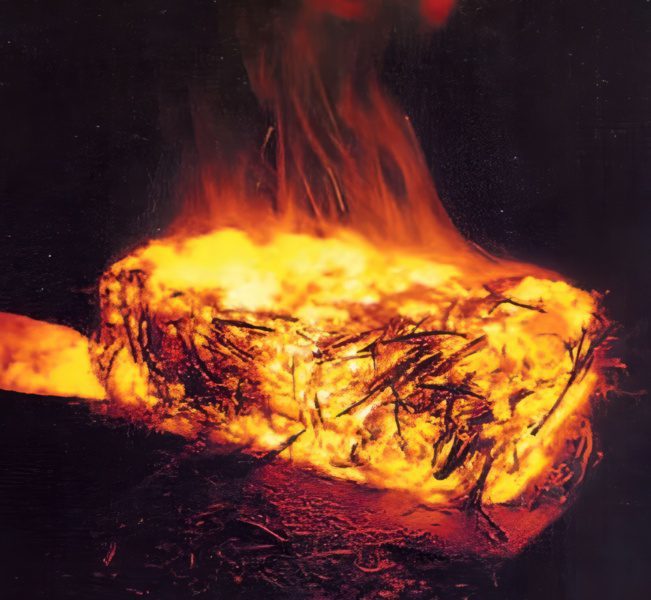
Many have tested the theory of blade folding improving the strength of the blade. Time and again, they reach a verdict that the strength of the Katana blade is not influenced by the number of folds.
Based on the table above, the blade returns to its original strength and shock value after the third fold. One of the best-documented tests is from Fukunaga Suiken who tested Katanas (presented in the chart) with differentially folded blades by dropping weights on the blades.
Instead, modern mono-steel Katana swords that are not folded are stronger and more durable. However, the folding process is still a requirement of traditional and “real” Katana blades to preserve the historical swordsmithing skills as well as to respect the sword’s culture and the art of its swordsmiths.
